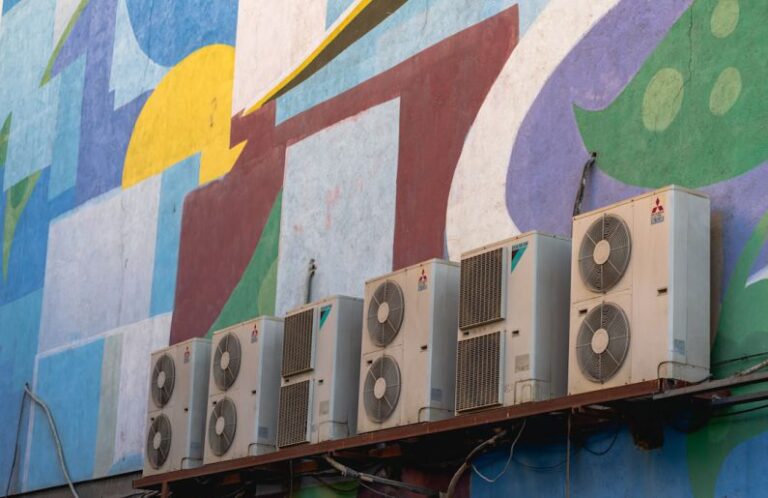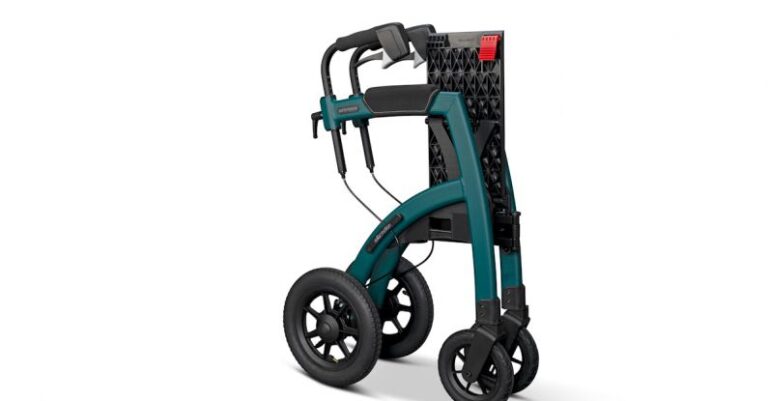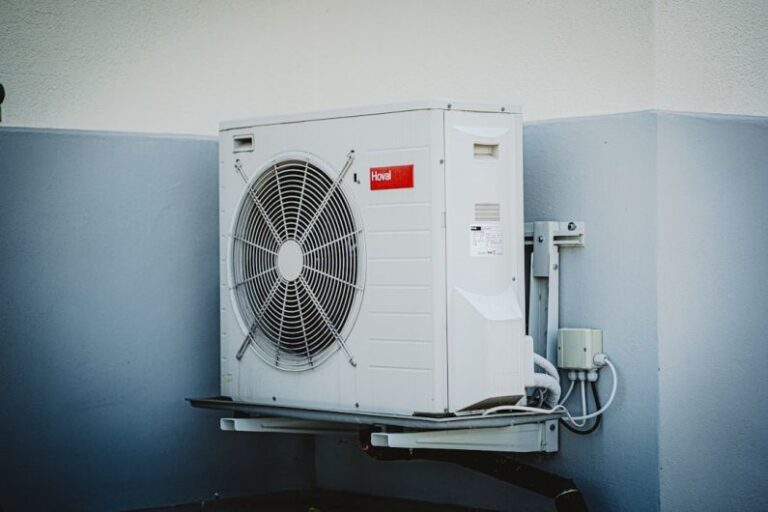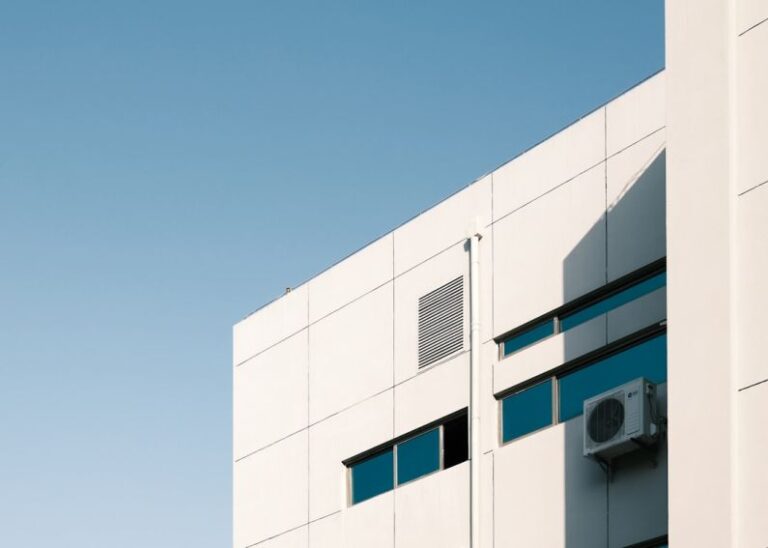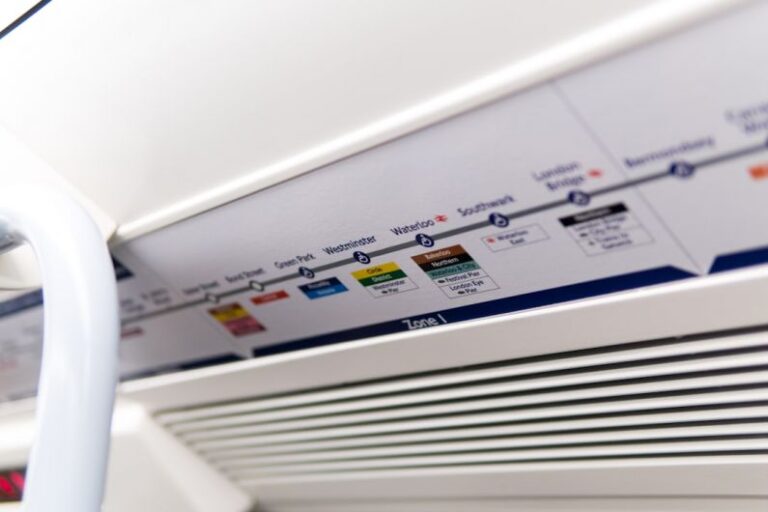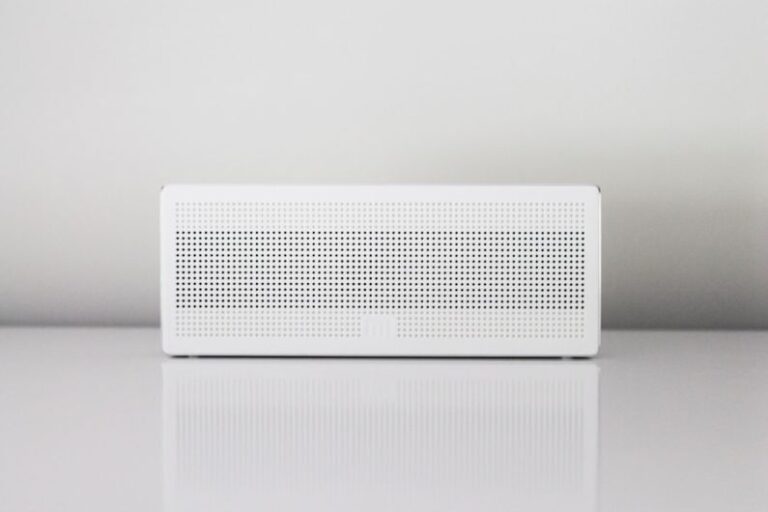
When the summer heat subsides and it’s time to bid adieu to your trusty portable air conditioner until next season, proper storage is essential to ensure its longevity and efficiency. Neglecting to store your portable AC correctly can result in damage and reduce its performance when you bring it out again. To keep your unit in top condition, follow these simple guidelines on how to store your portable AC when not in use.
Preparation for Storage
Before storing your portable AC unit, it’s crucial to prepare it properly to prevent any potential issues during its downtime. Start by unplugging the appliance and letting it cool down for at least an hour. This will allow any residual heat to dissipate and avoid the risk of burns while handling the unit.
Cleaning and Maintenance
Once the portable AC has cooled down, it’s time to give it a thorough cleaning. Begin by removing the air filter and cleaning it according to the manufacturer’s instructions. A dirty filter can hinder the unit’s performance, so ensuring it’s clean is essential for optimal airflow.
Next, wipe down the exterior of the unit with a damp cloth to remove any dust or debris that may have accumulated. Pay special attention to the vents and grilles, as these areas are prone to clogging, which can impede airflow and reduce efficiency.
After cleaning the exterior, check the condensate drain for any blockages. A blocked drain can lead to water leakage and potential damage to the unit. Clear any obstructions using a small brush or a pipe cleaner to ensure proper drainage.
Storage Location
Choosing the right storage location for your portable AC is crucial to protect it from dust, moisture, and other potential hazards. Opt for a dry, cool area away from direct sunlight and extreme temperatures. Avoid storing the unit in a damp basement or garage where moisture can lead to mold growth and damage the components.
Covering and Protection
To safeguard your portable AC from dust and debris while in storage, consider covering it with a breathable cloth or a purpose-made AC cover. Avoid using plastic or non-breathable materials, as they can trap moisture and promote mold growth. Additionally, placing a piece of cardboard over the vents can help prevent dust buildup inside the unit.
Storing the Exhaust Hose
If your portable AC unit comes with an exhaust hose, it’s important to store it properly to prevent damage and maintain its integrity. Disconnect the hose from the unit and carefully coil it to avoid kinks or bends. Secure the coiled hose with a Velcro strap or a twist tie to keep it tidy and prevent it from getting tangled.
Regular Maintenance Checks
While your portable AC is in storage, it’s a good idea to perform periodic maintenance checks to ensure it remains in good condition. Every few weeks, inspect the unit for any signs of damage, such as cracks in the hoses or leaks in the condensate drain. If you notice any issues, address them promptly to prevent further damage.
Recommissioning Your Portable AC
When the next warm season rolls around and it’s time to bring out your portable AC again, it’s essential to recommission it properly to ensure it operates efficiently. Start by unwrapping the unit, removing the cover, and inspecting it for any signs of damage or wear.
Reinstall the air filter, reconnect the exhaust hose, and plug in the unit. Allow it to run for a few hours to ensure it’s functioning correctly and cooling the space effectively. If you encounter any issues, refer to the manufacturer’s instructions or seek professional assistance.
In conclusion, proper storage is key to maintaining the efficiency and longevity of your portable air conditioner. By following these simple guidelines, you can ensure that your unit remains in top condition and ready to keep you cool when the next heatwave hits. Remember, a little care and attention during storage can go a long way in preserving the performance of your portable AC for years to come.
